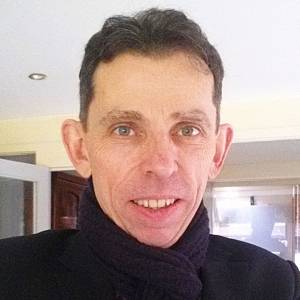Curzon Cinema, Chelsea
This iconic Art Deco building on the King's Road was the site of a studio and laboratory of photography pioneer William Friese-Greene who invented the Chronophotographic Camera, one of the first moving-image cameras.
The huge Gaumont Palace cinema was built on the site in 1934, designed by William Trent and Ernest Tully. It had a fully equipped stage with flytower, rehearsal room and eight dressing rooms, and a 150-seat cafe which had its own entrance.
It was renamed the Odeon in the 1960s, and in 1972, various bits of the building were sold off to leave just a small cinema using the balcony seating, but this only lasted for 10 years before closing.
Terence Conran's Habitat furniture company took over the foyer and the stalls area as a shop, and the stage was converted into flats and offices.
In 1983, the arthouse film company Artificial Eye bought the cinema and it was sold to Curzon in 2006. It is now one of a chain of their cinemas that show arthouse and independent films.

Comments
Sign in or get an account to comment.


